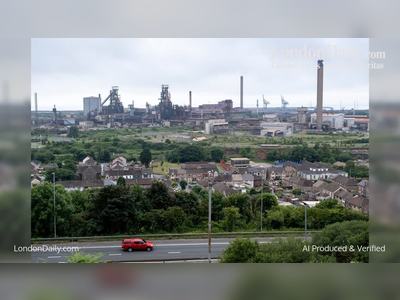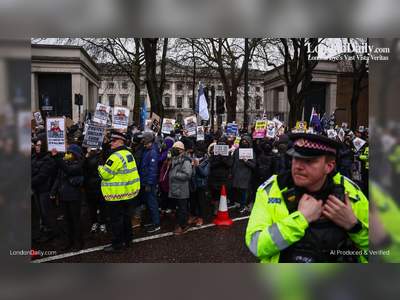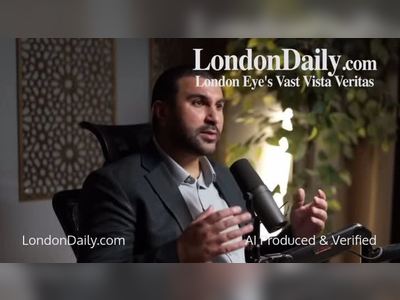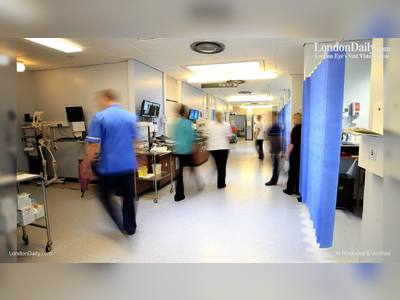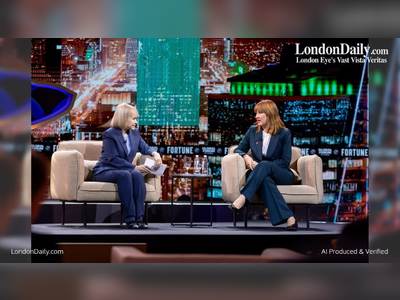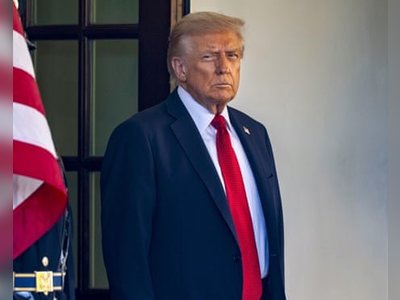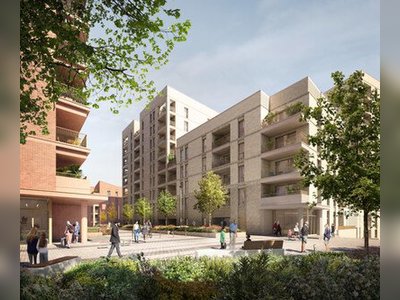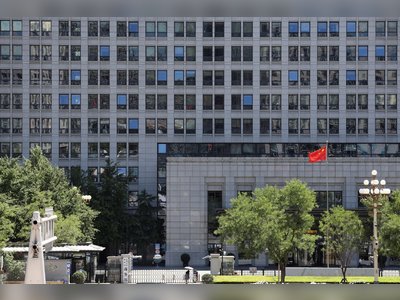King Charles Unveils UK’s First LGBT+ Armed Forces Memorial at National Memorial Arboretum
Monument honours lesbian, gay, bisexual and transgender service personnel and veterans impacted by the ban lifted in 2000
King Charles III laid the foundation for a new era of recognition on Monday when he unveiled the United Kingdom’s first memorial dedicated to LGBT+ members of the armed forces.
The ceremony took place at the National Memorial Arboretum in Staffordshire, where the memorial, titled “The Open Letter”, stands as a bronze sculpture shaped like a crumpled letter inscribed with the words of veterans who suffered under historical discrimination.
The memorial honours current service personnel and veterans who were impacted by the ban on openly gay soldiers within the British military—a policy finally rescinded in 2000. Among those present at the dedication was Brigadier Claire Phillips, who joined the army in 1995 while the ban was still in force, who described the design as “an amazing way of representing people who are so incredibly damaged by the ban”.
Present-day personnel such as Sergeant Alastair Smith also spoke of resilience and service despite adversity.
Funded by the government and developed in consultation with veterans’ bodies and artists, the memorial fulfils a key recommendation of the independent investigation into LGBT+ veteran experiences.
The King, as Commander-in-Chief of the British armed forces, laid flowers and formally dedicated the monument in what his office described as his first official engagement in support of the LGBT+ community.
The memorial symbolises both recognition and reconciliation.
Its design—dark on the inside, brighter on the outside—reflects the past era of concealment and the present reality of inclusion.
Veterans impacted by the ban are now eligible for redress and rank restoration, and the unveiling of the memorial signals a visible commitment to acknowledge their service and suffering.
Moving forward, commanders, policymakers and veterans-affairs officials will focus on ensuring that the memorial becomes a living site of remembrance and inclusion, and that the broader restorative measures promised to the LGBT+ armed-forces community are fully implemented.
The ceremony took place at the National Memorial Arboretum in Staffordshire, where the memorial, titled “The Open Letter”, stands as a bronze sculpture shaped like a crumpled letter inscribed with the words of veterans who suffered under historical discrimination.
The memorial honours current service personnel and veterans who were impacted by the ban on openly gay soldiers within the British military—a policy finally rescinded in 2000. Among those present at the dedication was Brigadier Claire Phillips, who joined the army in 1995 while the ban was still in force, who described the design as “an amazing way of representing people who are so incredibly damaged by the ban”.
Present-day personnel such as Sergeant Alastair Smith also spoke of resilience and service despite adversity.
Funded by the government and developed in consultation with veterans’ bodies and artists, the memorial fulfils a key recommendation of the independent investigation into LGBT+ veteran experiences.
The King, as Commander-in-Chief of the British armed forces, laid flowers and formally dedicated the monument in what his office described as his first official engagement in support of the LGBT+ community.
The memorial symbolises both recognition and reconciliation.
Its design—dark on the inside, brighter on the outside—reflects the past era of concealment and the present reality of inclusion.
Veterans impacted by the ban are now eligible for redress and rank restoration, and the unveiling of the memorial signals a visible commitment to acknowledge their service and suffering.
Moving forward, commanders, policymakers and veterans-affairs officials will focus on ensuring that the memorial becomes a living site of remembrance and inclusion, and that the broader restorative measures promised to the LGBT+ armed-forces community are fully implemented.

